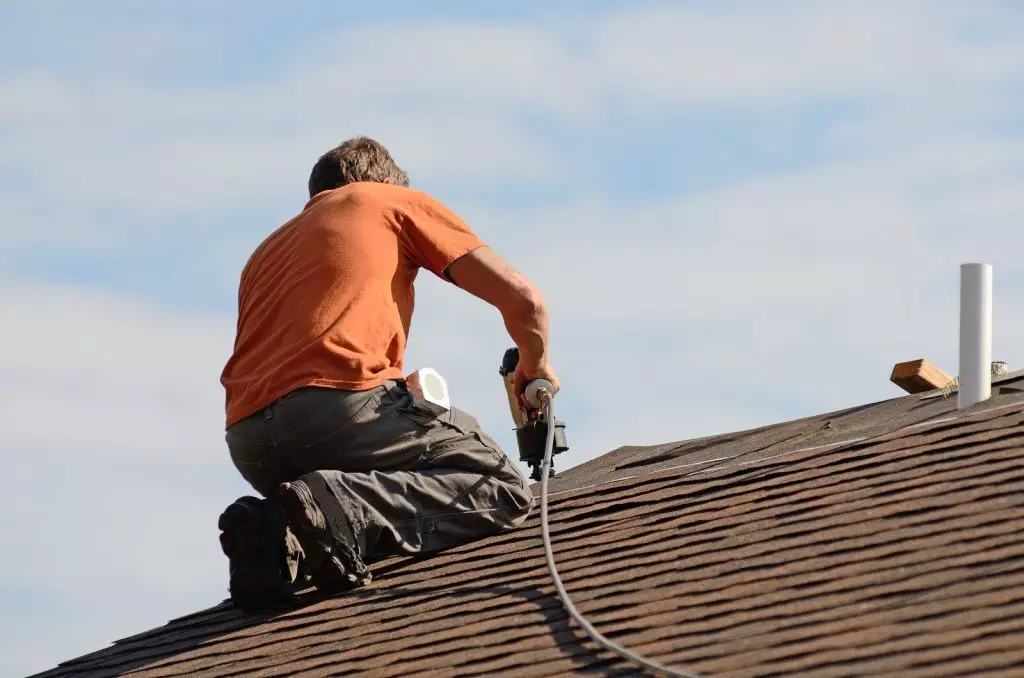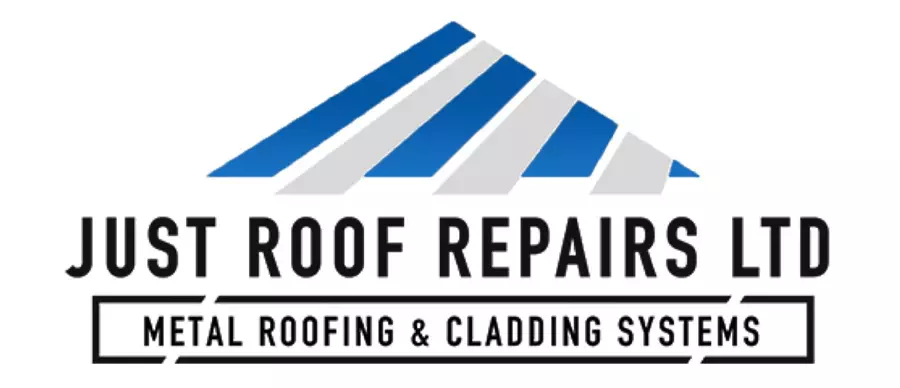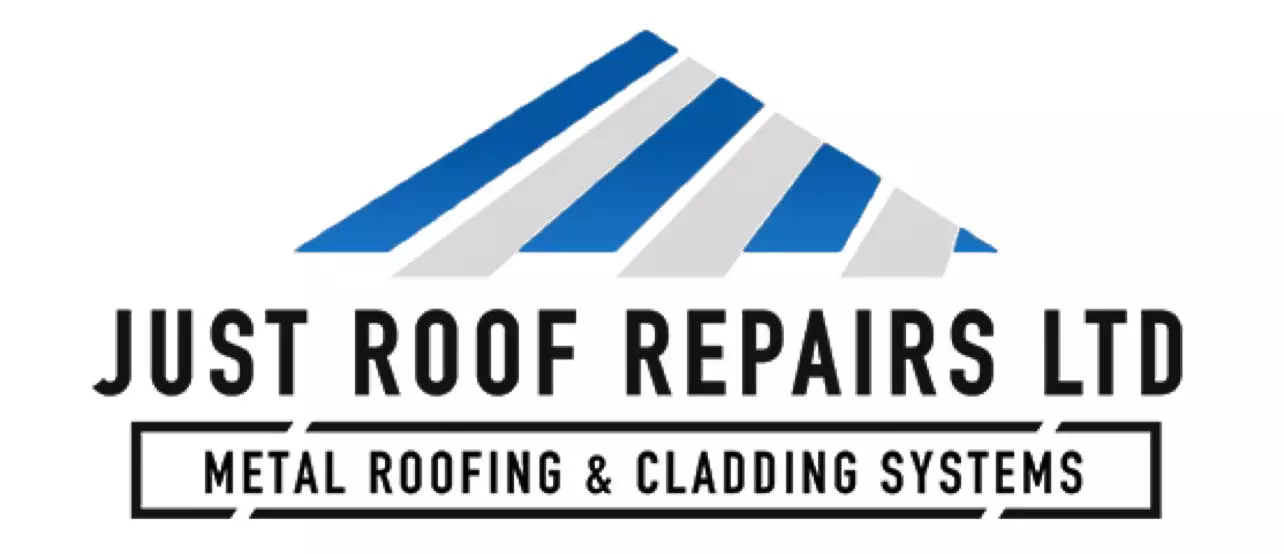If you own an older UK building, you might notice common roofing issues like missing shingles or sagging structures. These problems can lead to serious water damage and reduced energy efficiency. Regular inspections are essential for identifying these issues early. You’ll also want to reflect on the impact of outdated materials and how they can affect your roof’s longevity. Understanding these aspects can help you make informed decisions about necessary repairs and upgrades. What steps should you take next?

Common Signs of Roofing Problems in Older Buildings
When you inspect an older building, you might notice several common signs that indicate roofing problems. One of the first things to look for is missing shingles; these gaps can allow water infiltration, leading to more severe damage over time.
Additionally, a sagging structure is a critical concern; it often signals underlying issues such as rotting wood or compromised support beams. Pay close attention to any noticeable dips or uneven areas on the roof surface.
You should also check for water stains on ceilings or walls, which can indicate leaks. Regular inspections and prompt repairs can help mitigate these problems, preserving the integrity of the building and extending the roof’s lifespan.
Don’t overlook these signs; addressing them early can save you significant costs down the line.
Understanding the Impact of Weather on Roof Longevity
Although the UK is known for its picturesque landscapes, the often unpredictable weather can greatly impact the longevity of roofs on older buildings.
Frequent rain, snow, and wind contribute to roof deterioration, particularly when these seasonal effects lead to the accumulation of moisture. Over time, fluctuating weather patterns can exacerbate wear on roofing materials, causing leaks and structural weaknesses.
Additionally, temperature variations can lead to expansion and contraction, stressing joints and seams. To mitigate these risks, it’s crucial to regularly inspect your roof, ensuring timely repairs and proper drainage systems are in place.
Identifying Outdated Roofing Materials
To guarantee the safety and efficiency of your roof, it’s vital to recognise outdated roofing materials that may compromise its integrity.
One of the most concerning materials is asbestos shingles, commonly used before the 1980s. These shingles pose serious health risks if damaged, so identifying them in your roof is imperative.
Additionally, you should check for tile deterioration, which often manifests as cracks, curling, or loss of granules. This deterioration can lead to leaks and further damage if left unaddressed.
Inspecting your roof regularly will help you spot these issues early. If you find any of these outdated materials, consult a professional for safe removal or replacement options to guarantee your roof remains secure and efficient.
Effective Solutions for Leaks and Water Damage
Outdated roofing materials like asbestos shingles and deteriorating tiles can lead to significant leaks and water damage if not addressed promptly.
To tackle these issues, start with thorough leak detection to identify the exact source of water ingress. Utilise thermal imaging technology or moisture meters for accurate results.
Once leaks are located, you can implement targeted repairs—replacing faulty tiles or sealing gaps effectively.
After repairs, prioritise water remediation to prevent mould growth and structural damage. This may involve drying affected areas, using dehumidifiers, and applying antimicrobial treatments.
Regular inspections and maintenance can help you stay ahead of any potential leaks, ensuring your older roof remains secure and functional, ultimately protecting your investment and home’s integrity.
Enhancing Insulation and Energy Efficiency in Older Roofs
As many homeowners discover, enhancing insulation and energy efficiency in older roofs is essential for reducing energy costs and improving indoor comfort.
Start by conducting energy audits to identify areas where heat loss occurs. Pay particular attention to thermal bridging, where heat escapes through structural elements like beams and rafters. You can mitigate this by adding insulation materials such as spray foam or rigid boards in problem areas.
Additionally, consider installing breathable membranes to prevent moisture build-up while enhancing insulation performance. Updating ventilation systems can also aid in maintaining ideal temperatures, preventing dampness and mould.
Frequently Asked Questions
How Often Should I Inspect My Roof for Issues?
You should conduct roof inspections at least twice a year, ideally during spring and autumn.
This seasonal roof check helps you catch potential issues early. Additionally, inspect your roof after severe weather events, as heavy rain or strong winds can cause damage.
By maintaining a consistent roof inspection frequency, you’ll guarantee your roof remains in good condition, minimising costly repairs and extending its lifespan.
Regular checks are key to effective roof maintenance.
What Are the Costs Associated With Roof Repairs?
When considering roof repair costs, you’ll find that they can vary greatly based on the extent of damage and materials needed.
Generally, you should expect to pay anywhere from £300 to £1,000 for minor repairs, while extensive work may exceed £5,000.
It’s wise to obtain professional estimates from multiple contractors to guarantee you get a fair price.
Can I DIY Common Roofing Repairs?
You can tackle common roofing repairs yourself, but it’s vital to prioritise DIY safety.
Familiarise yourself with repair techniques, like patching leaks or replacing shingles, before starting. Make sure you have the right tools and materials on hand.
Always assess your comfort level with heights and the complexity of the task. If you’re unsure, it’s best to consult a professional to avoid costly mistakes and guarantee your safety while working on your roof.
How Do I Choose a Reliable Roofing Contractor?
To choose a reliable roofing contractor, start by checking their credentials. Make certain they’re licensed and insured, which protects you from potential liabilities.
Ask for roofing references from previous clients; this gives you insight into their work quality and reliability. Look for online reviews and ratings to gauge their reputation.
Finally, obtain multiple quotes to compare pricing and services, making sure you select a contractor who meets both your budget and expectations.
What Warranties Are Available for Roofing Materials?
When considering roofing materials, you should explore the available material warranties, which often cover defects and performance over time.
Most manufacturers offer warranties ranging from 20 to 50 years, depending on the material. These warranties can greatly impact your roofing longevity, ensuring your investment is protected against premature failure.
Always read the fine print and confirm what’s included, as this can vary greatly between different products and manufacturers.
Conclusion
To summarise, staying vigilant about roofing issues in older UK buildings is crucial for maintaining structural integrity and energy efficiency. Regular inspections and prompt repairs can prevent minor problems from escalating into costly damages. By upgrading outdated materials and enhancing insulation, you can greatly improve your roof’s lifespan and performance. Don’t overlook the importance of addressing leaks and weather-related wear; taking proactive measures now guarantees your home remains safe and comfortable for years to come.


